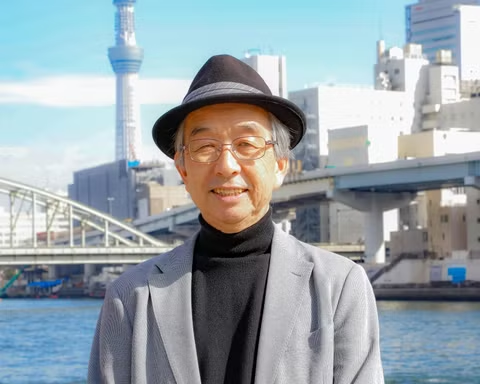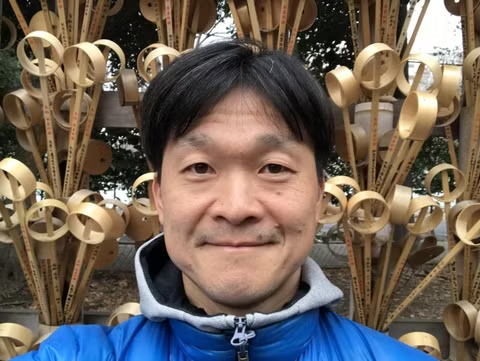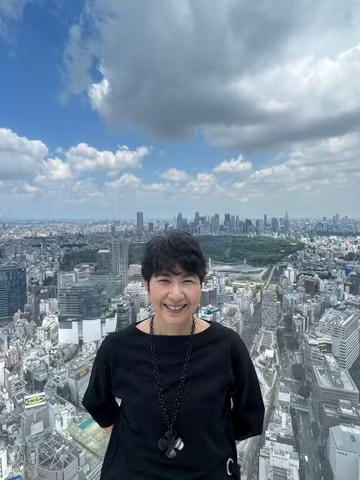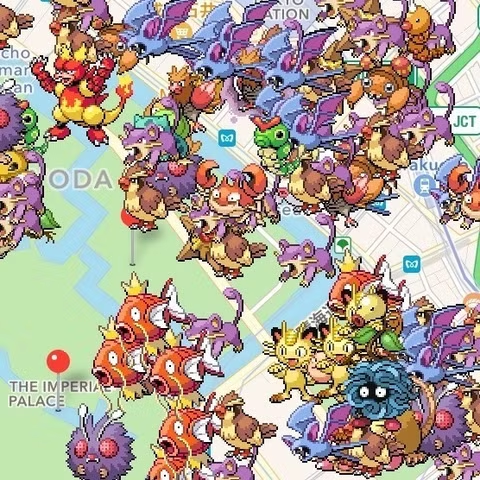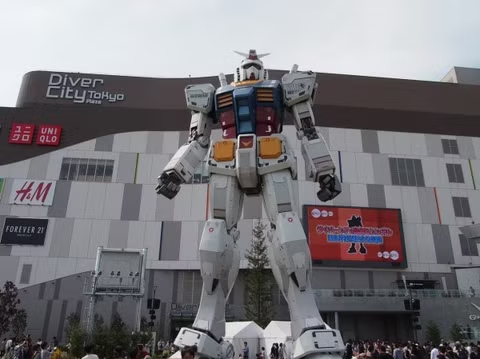Summer in Japan is very hot and very humid. But, with this list of fun activities, you will be able to forget about the heat and enjoy a great summer in Japan. Summer is a time for festivals and fireworks, so it is definitely a good time to visit. Summer is also the only time you can climb Mt. Fuji, as there is no snow. So let's take a look at some amazing summer time activities.
Gion Festival
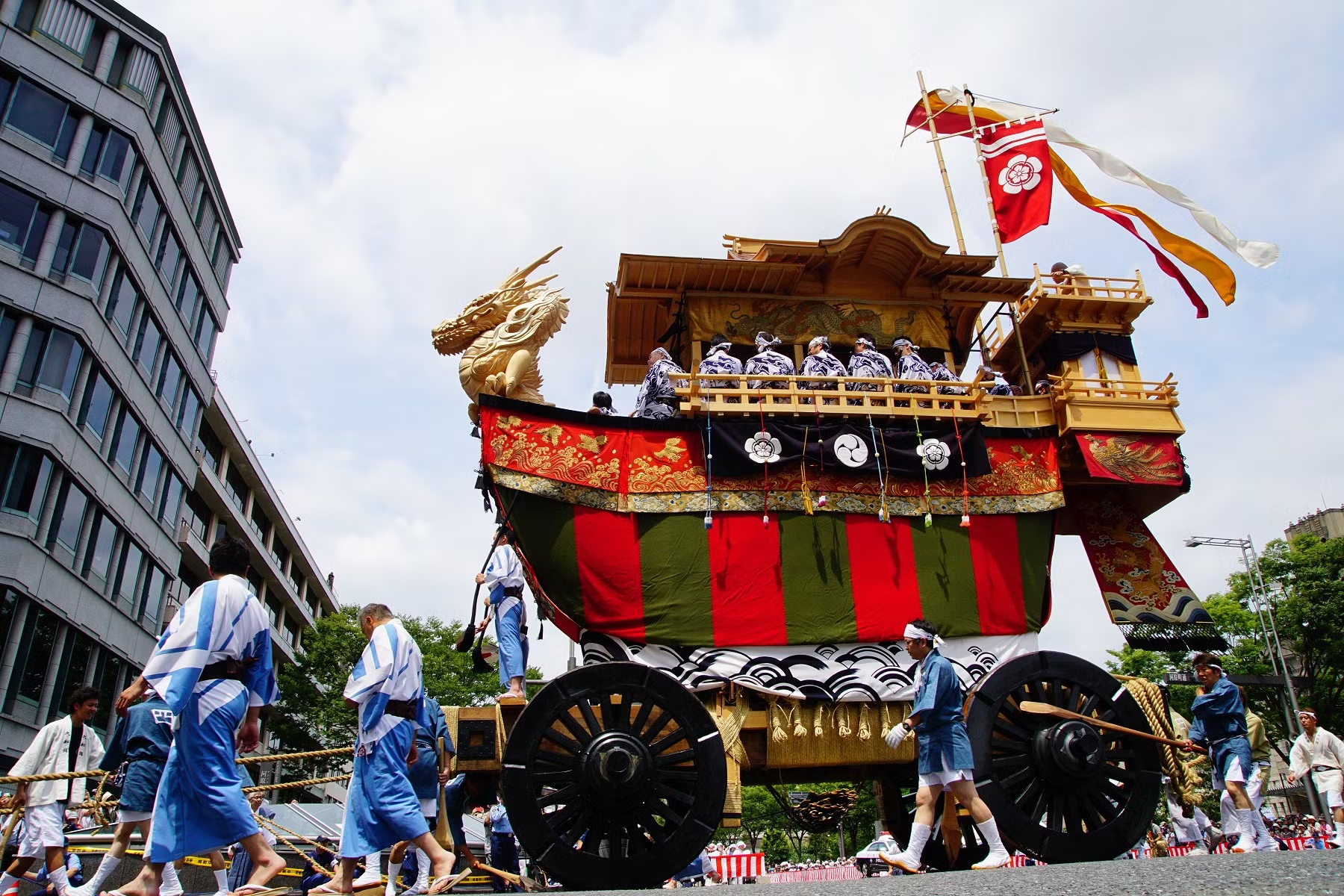
The 1100-year-old Gion Festival, an Intangible Cultural Property, that brings the charm of the Yamaboko Junko parade
The Gion Festival which has a grand history lasts for one month. Lavishly ornamented gigantic 12ft yamaboko festival floats are paraded through the streets of Kyoto, and the festival is performed to pray for the prevention of disasters.
The Gion Festival, preserving a 1100-year-old tradition The Gion Festival, one of Japan’s three great festivals, is a religious celebration that has continued at Yasaka Shrine for 1100 years, and for 1 month from July 1st to July 31st every year, it’s held at the shrine and in the central area of Kyoto. Starting with the Yamaboko Junko parade and the Shinko Festival, various events unfold. At the Shinsen-en Temple where a giant garden of the ancient capital existed, 66 halberds representing the 66 territories within Japan at the t...
Phone
075-561-6155
Price
- Free
The Kanda Festival
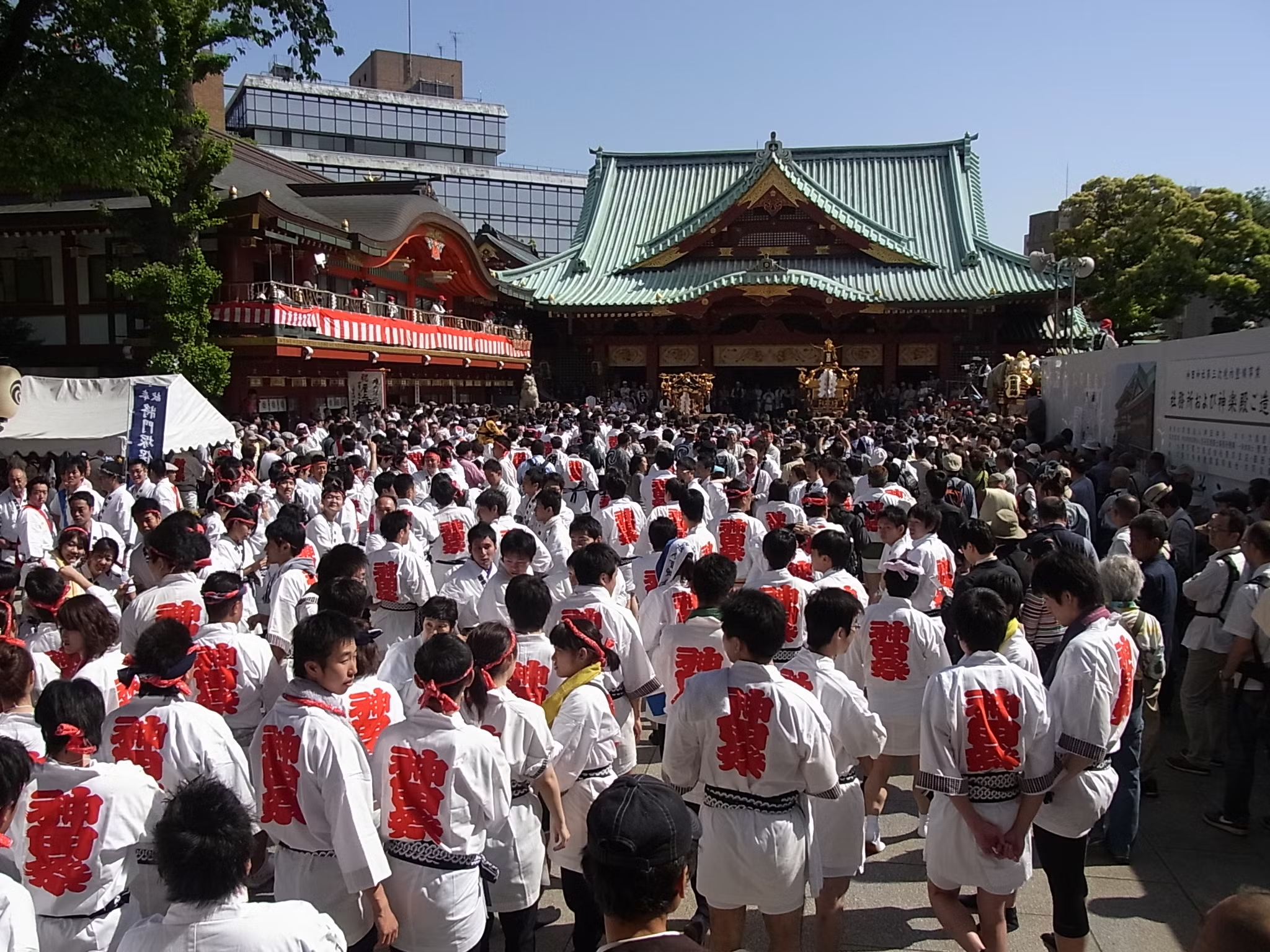
The venerable Kanda Festival under the patronage of the Tokugawa shoguns is a celebration representative of not only Tokyo, but also of Japan
Peerless in both The Three Great Festivals of Japan and The Three Great Festivals of Edo, the Kanda Festival boasts a 1300-year history. The festival which is the pride of any Edokko (true Tokyoite) not only includes the highlight of mikoshi (portable shrines) but also a parade.
The origins and history of the Kanda Festival The Kanda Festival is a festival held at Kanda Shrine in the Kanda district of Tokyo. The 1300-year-old shrine was worshipped as the guardian deity for the streets of Edo during the Edo Era, and although the origins of the following festival are unclear, during the turbulent times in the year 1600, Ieyasu Tokugawa made it a standing order to pray for victory daily. When he did achieve victory, he was able to unify the entire nation, and as a result, Kanda Shrine received protection from the Edo sh...
Phone
03-3254-0753
Price
- Free
Tenjin Matsuri
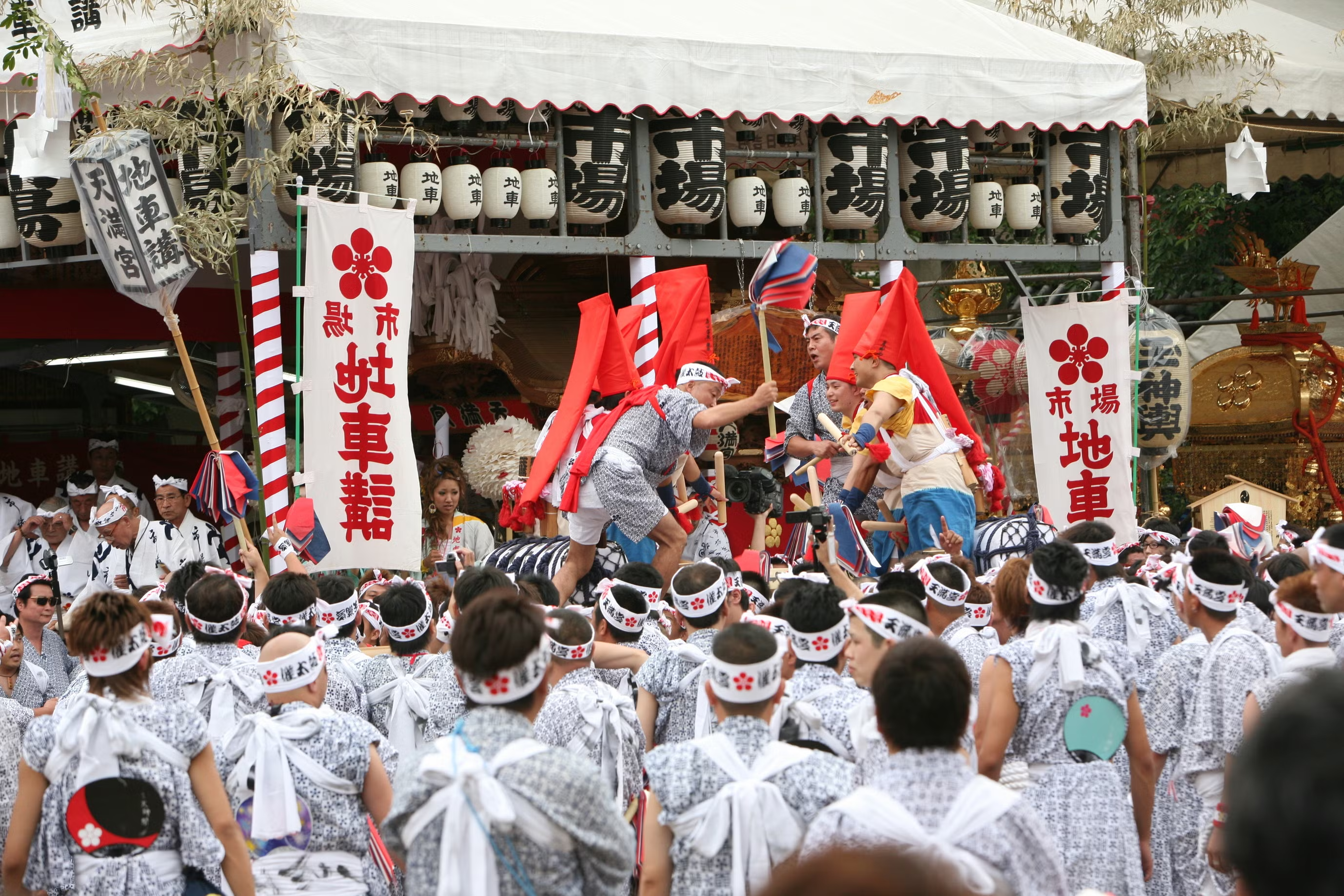
An energetic festival preserving traditions and exciting the local area
While preserving a 1000-year-old Shinto ritual, it is a festival that continues to evolve as it includes new events such as gyaru mikoshi (portable shrines carried by young women). The spirit of the Tenjin Matsuri, a symbol of Naniwa prosperity, continues to be passed down today.
A festival preserving its traditions and continuing to evolve In 951, two years after Osaka’s Tenman-gu Shrine was established, a sacred spear, a kamihoko, washed up on the beach in front of the shrine, and when a Shinto ritual was held at the funeral hall established on that beach, the procession of ships escorting the divine spirits out (funatogyo) was the beginning of the Tenjin Matsuri, a festival boasting a 1000-year-old history that is one of Japan’s three great festivals. Centering upon Osaka’s Tenman-gu, there is a f...
Phone
06-6353-0025
Price
- Free
Website
www.jnto.go.jp
Jingu-Gaien Fireworks Festival
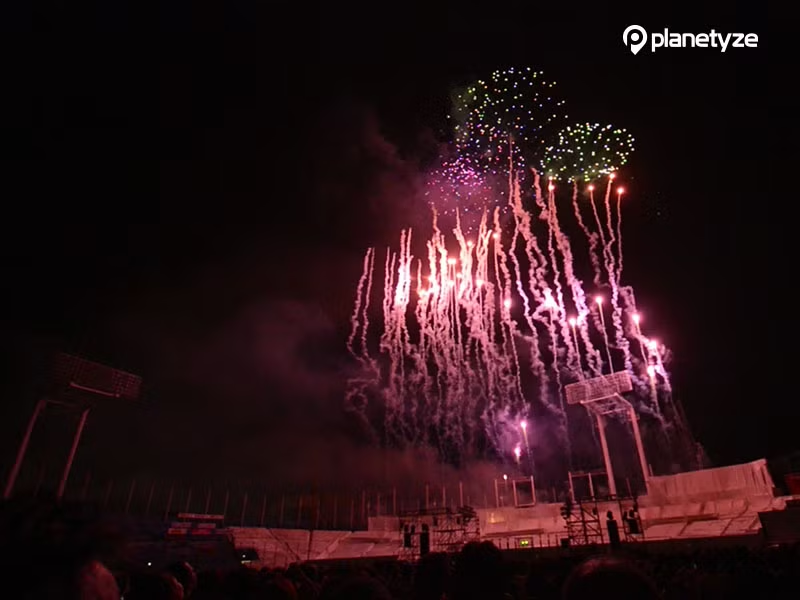
A collaboration that brings together entertainment and 10,000 fireworks lighting up the sky over Tokyo
Starting from Jingu-Gaien Park, the fireworks' festival that takes place from 4 sites is a sight to behold as a collaboration between big-name guests and fireworks. It is famous as one of Tokyo’s Big 3 Fireworks Festivals.
A Tokyo symbol of summer to enjoy at 4 sites, The Jingu-Gaien Fireworks Festival is one popular event which attracts many tourists every year. It is known as one of Tokyo Big 3 Fireworks Festivals, alongside the Sumida River Fireworks Festival and the Tokyo Bay Grand Fireworks Festival. Jingu-Gaien Park is brilliantly lit up annually by 10,000 fireworks, but the highlights are not restricted to the fireworks alone. Events with popular singers and comedians are also held so that one of the features of the festival is how lively the summer night...
Phone
03-3547-0920
Price
- Adult: 6500 JPY
Price differs depending on the venue
The opening times for the venues are as follows:
・Jingu Stadium:4:00pm
・Chichibunomiya Rugby Stadium:4:00pm
・Jingu Softball Stadium:3:00pm
・Tokyo Gymnasium Grounds:5:00pm
5. Eat Shaved ice (Kakigori)
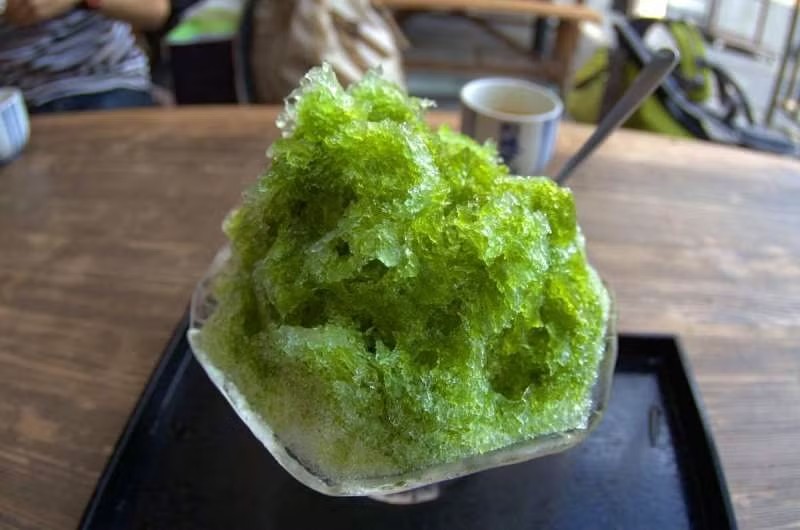
Japan loves seasonal foods. The staple summer food is certainly shaved ice or kakigori in Japanese. This icy dessert is exactly what you will be craving during the hot and humid summer months. Many cafés and street stalls will start selling this in June. It is a popular snack at festivals.
Climbing Mount Fuji

One of Japan’s three holy mountains. Nowhere else in Japan is closer to the Gods than the shrine at the peak of Mount Fuji
Mount Fuji was listed as a UNESCO World Heritage Site in 2013. Rated as a three-star site in the Green Guide Japan, the Japanese version of Michelin’s travel guidebook Le Guide Vert, interest in Mount Fuji is rising globally.
Mount Fuji can be climbed only for two months from July 10 to September 10 while it is open to climbers. During this period, more than 200,000 people from across Japan come to Mount Fuji and start out on their climb toward the peak. While this period is optimal for safe climbing by beginners, never underestimate the dangers of climbing Mount Fuji since, after all, it is the highest mountain in Japan. Always check the weather report; if rain or thunder is predicted, it is the best to cancel your plans to climb/...

